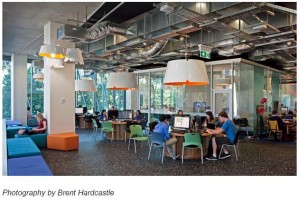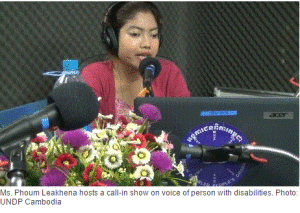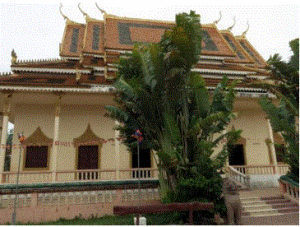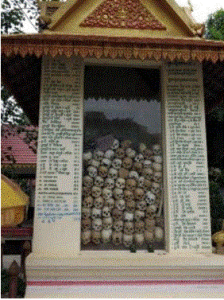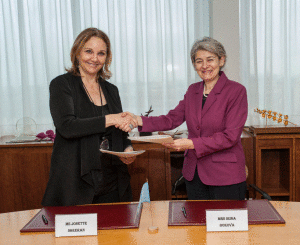We have an international agreement on climate change. We are on an urgent time frame to educate for action. A sustainable future starts right now and MUST become part of our educational programs.

Since the late 1960’s, sustainability, which initially had an environmental focus, expanded to include economy and later social and cultural considerations.
In 1987 the approach to conservation brought together environmental conservation and development and so came the term ‘sustainable development’. This represented the first formal recognition that “development should meet the needs of the present without compromising the ability of future generations to meet their own needs”, suggesting development, progress and growth had to take account of their environmental impacts.
So wider ethical issues such as human rights, in support of values, justice and fairness are integral to education for sustainable development. Intercultural understanding strengthens respect for equality. Peace and resolving conflict foster the values of empathy and cooperation. A rights based education encompasses the concept of education for sustainable development and reinforces the awareness that we share a common destiny with others. (OHCHR 2006).
Sustainability has become a vast social, political, economic and educational concern. The UN has devoted a decade to Education for Sustainability. UNESCO has the online multimedia program Teaching and Learning for a Sustainable Future. http://www.unesco.org/education/tlsf/index.html
How can sustainability enhance the learning areas in curricula?
The Australian Curriculum considers sustainability important enough to be delivered across all learning areas.
A curriculum that has sustainable futures at its core will be a dynamic and value enriched program of learning. The ways in which we can meet our current needs without diminishing the environment or reducing the capacity of future generations to meet their own needs is what a sustainable future is about.
So as a learner and facilitator, I brainstormed all the perspectives of a global curriculum centred around the concepts of sustainability – cultural sustainability, economic sustainability, environmental sustainability and social sustainability ….. so here goes ….. needs and wants, human rights, politics, the Sustainable Development Goals, belief systems, value systems, gender equity, poverty reduction, global cooperation, interconnection, human well being, peace, resolving conflict, partnerships, trade, water, forests, natural hazards and disasters, biodiversity, food security, endangered species, energy, desertification, effects of climate and its change, trading fairly, education, identity, child Rights, agriculture, ethical consumerism, migration, immigration, refugees, population, intercultural understanding, cultural diversity, connections to the past, indigenous culture, global health …… phwew!! And that’s just for starters.
Write down these learning areas- Civics and Citizenship, Geography, Science, History, Technologies, Maths, The Arts, English, Health and Phys Ed, Languages and Economics.
Now try and fit any one of the concepts above into just one learning area. Can’t choose? That’s because sustainability and global learning traverse all areas of the curriculum. A rich curriculum has interconnected learning.
The best way to work out where you can work with these concepts in your curriculum is to do a concept map.
Take a look at your existing curriculum. Could you enhance it and open the eyes of your learners a little wider by including a concept around sustainability? Are you willing to prepare our learners to be the active global citizens who will act for a better future for all on this planet? It’s a no-brainer.
Cartoon by Nicholson from “The Australian” newspaper: www.nicholsoncartoons.com.au – See more at: http://nicholsoncartoons.com.au/reproduce-a-cartoon#sthash.eni7rgBN.dpuf
Error: Contact form not found.


